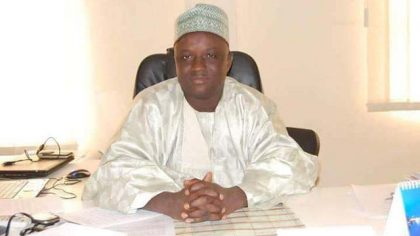The Nigeria Meteorological Agency (NiMet), has predicted dwindling availability of water for various socio-economic purposes over most parts of Nigeria in 2019.

NiMet’s forecast in its 2019 Seasonal Rainfall Prediction (SRP), revealed that most places would have between below to normal amount of rainfall, while areas around Adamawa, Kwara and Oyo states would experience above-normal rainfall.
It listed states expected to experience below-normal rainfall to include: Sokoto, Katsina, Borno, Niger, Plataeu, Nasarawa, Osun, Lagos, Ondo, Ekiti, Edo, Delta, Enugu, Anambra, Imo, Bayelsa, Rivers and Cross River.
This, according to NiMet, will create water shortfall and will thus negatively affect availability of water required for domestic and industrial uses like agriculture, groundwater recharge and inland waterways transportation.
The agency, therefore, advised that integrated water resources management skills be adopted in line with the predicted amount over various parts, especially areas that might have to contend with below normal rainfall.
“There is need to impound and establish adequate irrigation facilities to mitigate the effects on agricultural activities and properly manage the available water resources for domestic and industrial use.
“However, proper Dam management is recommended to avert disastrous effects of flooding due to expected flows over the places where normal to above normal rainfall amounts were predicted,”it said.
On power generation, transmission and distribution, the prediction indicated that since power generation in Nigeria is majorly hydroelectric, it could be affected by rainfall amount as water shortage could lead to lower generation.
According to the prediction, rainfall in 2019 is expected to be below normal to normal in most parts of the country, including areas where hydroelectric dams exists such as Kainji, Jebba and Shiroro.
“This implies that power generation is likely to be affected negatively by lower rainfall amount in 2019.
“Therefore, policy makers are advised to develop alternative means of power generation so as to meet up with the growing demands in electricity by the public,”it added.
By Sumaila Ogbaje
